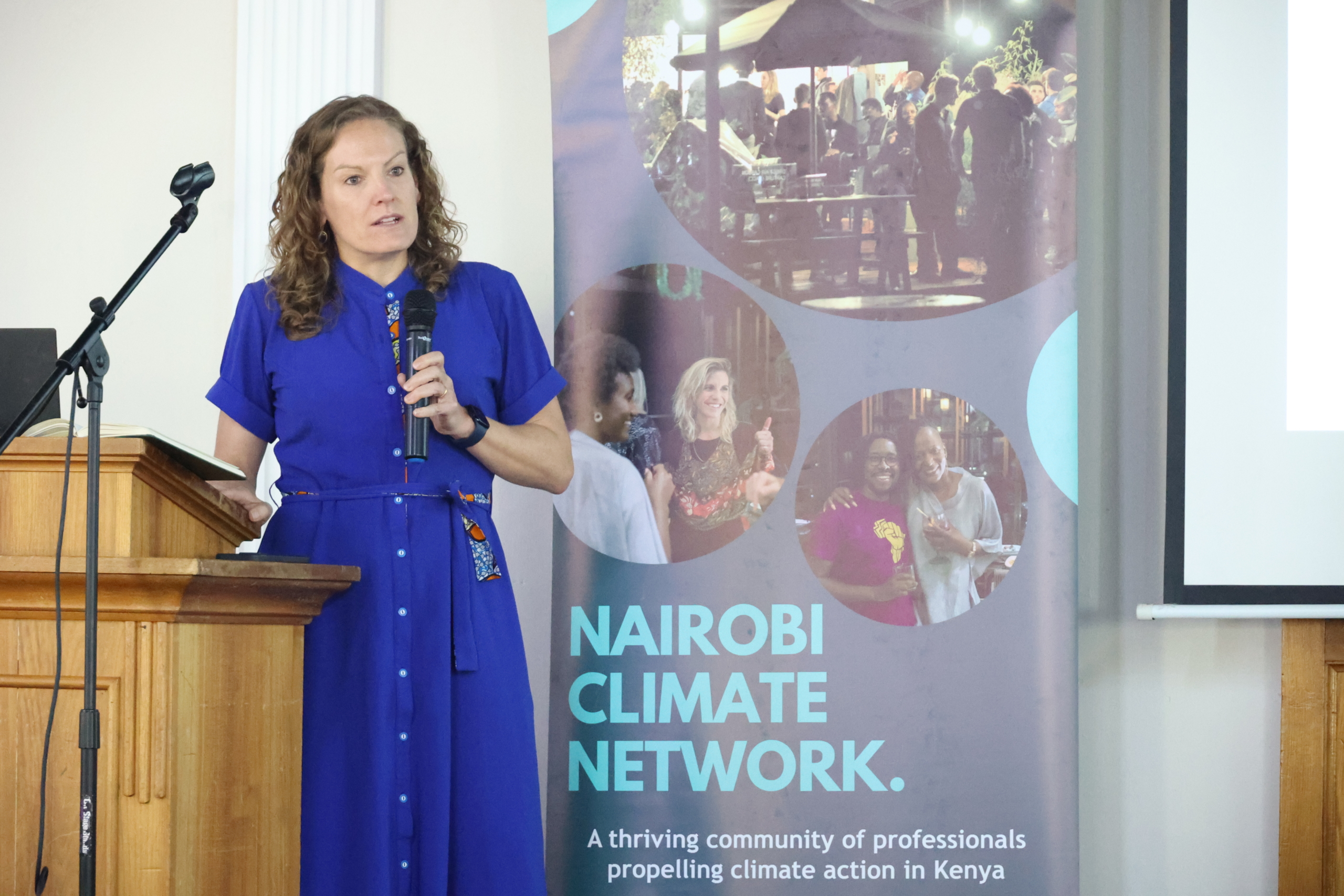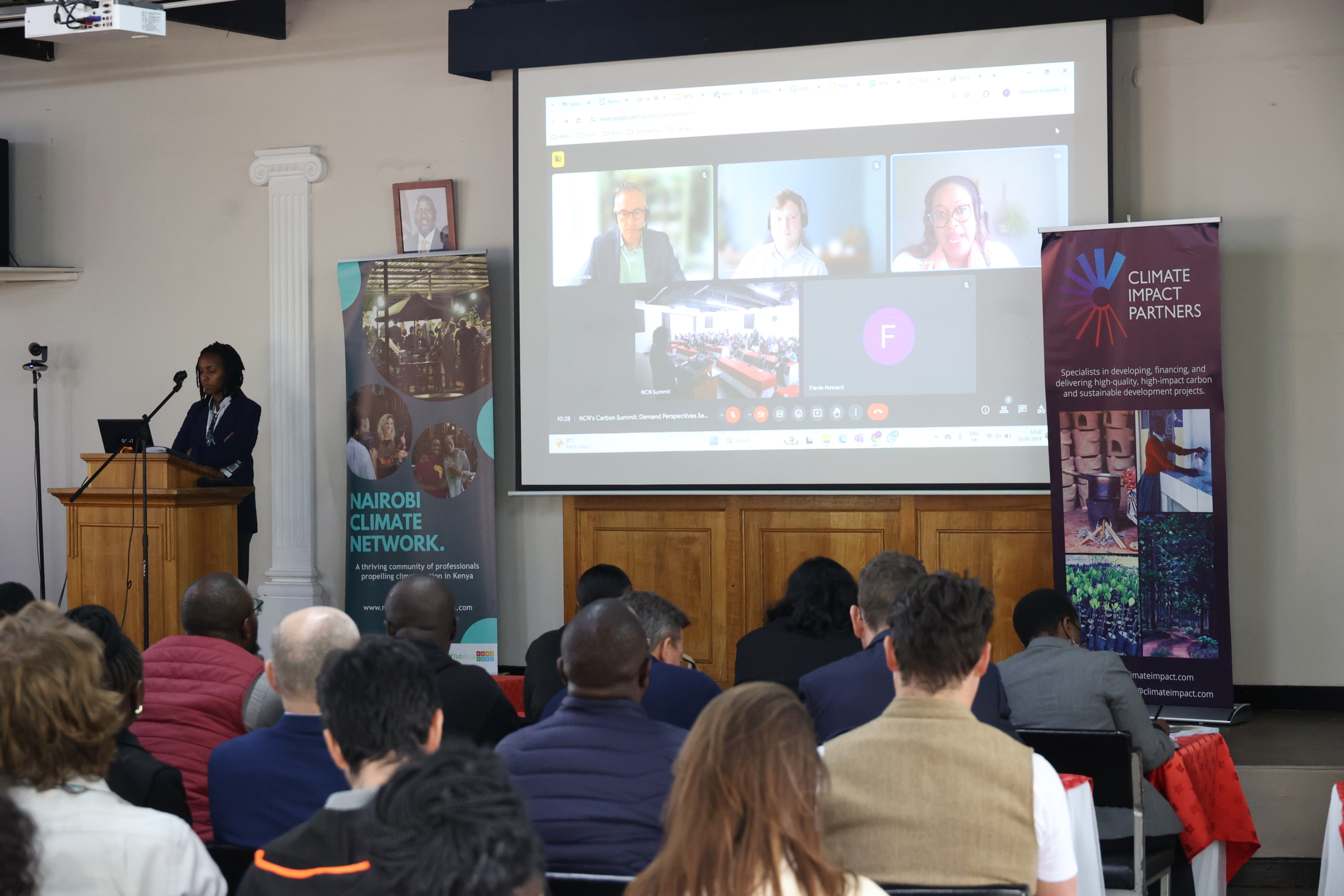NCN’s Carbon Summit: Uniting Industry for Action and Solutions
19th June 2024: NCN’s Carbon Summit convened a diverse group of stakeholders, including project developers, regulators, the private sector, and financial institutions for a full day of workshops. The Summit, held at the Brackenhurst Hotel in Limuru was sponsored by Climate Impact Partners and supported by Bowmans Law, Dalberg, and FSD Africa. The aim was to identify action opportunities for Kenya's carbon markets and establish a pathway for the newly formed Carbon Markets Association of Kenya.

This full day of workshops featured insights from industry experts and interactive Q&A sessions with the audience. It included thematic and sector-specific breakouts that focused on identifying enablers, necessary policy actions, and collective steps the industry can take moving forward.
Outlining the Vision for Kenya’s Carbon Markets:
Katie Hill, Expert Partner at Boston Consulting Group, shared insights and data on the current status of Kenya’s carbon markets. She unpacked the complexities around market growth, carbon pricing, and buyers’ perspectives based on research conducted by the Boston Consulting Group.
🔹 3rd-party verified offsets are now a globally tradable commodity with further growth expected as voluntary carbon markets have re-entered their original growth path of the last decade with a +32% compound annual growth rate (Ecosystem Marketplace 2024). Voluntary and industry carbon market volume is expected to grow to $10Bn by 2030, driven by industry schemes & corporate commitments.
🔹 SSA produces approximately 20% of VCM credits with strong diversity and Kenya is the 2nd largest participant in the region.
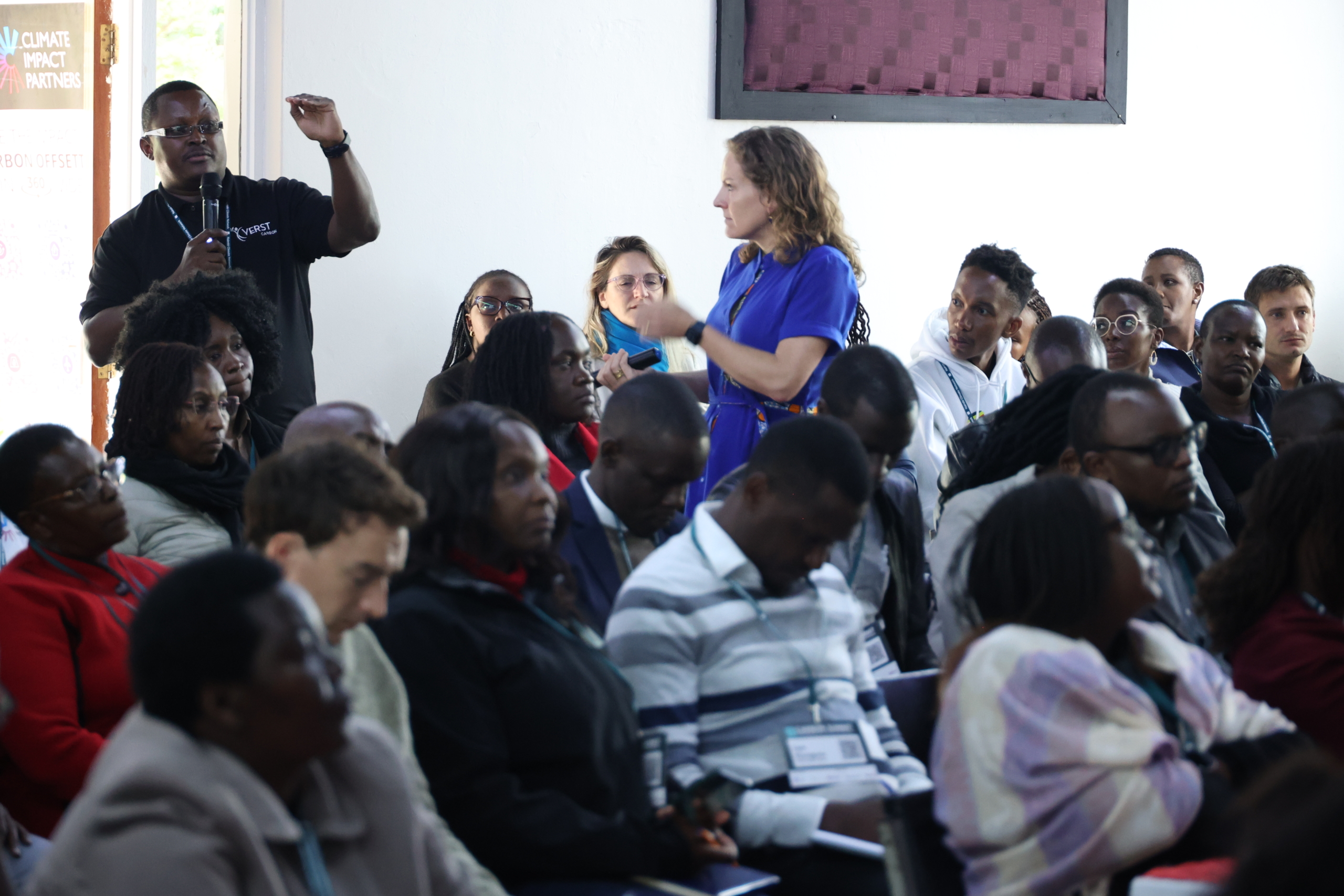
“Kenya ranks as Sub-Saharan Africa’s second-largest voluntary carbon credit supplier, poised to lead in both carbon avoidance and removal credits. The pace of this growth will hinge on how well these carbon projects meet market demands, especially concerning quality and transparency, and how policy can enhance stability and investment attractiveness for these projects,” said Katie Hill.
🔹 Global buyers participate in the market to meet their commitment and grow their green brand and have a high willingness to pay for quality. BCG surveys show buyers with climate pledges willing to pay up to 4 times the premium for durable CDR influenced by permanence and MRV with 85% rating MRV in their top three priorities.
🔹 Entrance of enterprises/developers with tech innovations brings new potential to Kenyan carbon markets. Preference for engineered and removal credits is likely to continue given the perceived quality advantage and measurability.
Demand Perspectives:
Climate Impact Partners colleagues Faith Temba, Sherah Beckley, and Chris Duck hosted a discussion with Jake Reynolds from Freshfields Bruckhaus Deringer. Freshfields is a global law firm and was one of the first law firms to offset their emissions in 2007. They have recently committed to ambitious science-based targets (SBTs) to drive their emissions to net zero. Jake shared his perspective as a buyer of carbon credits highlighting Freshfields’ “Reforestation in East Africa Programme” (REAP) designed to strengthen the livelihoods and climate resilience of over 35,000 farmers in Kenya and Uganda (Freshfields 2024).
🔹 Long-Term Commitment and Community Impact: Jake Reynolds emphasised the importance of long-term support for projects, and in choosing projects that align with company values. For Freshfields, this includes a focus on community impact and gender equality.
🔹 Robust Verification and Risk Management: there is a need for independent validation of projects, understanding local stakeholders, and demonstrating co-benefits such as social and biodiversity impacts.
🔹 Integrated Approach to Climate Action: Jake highlighted that while internal carbon reductions are essential, they can take time to implement and this is why companies should also take part in the voluntary carbon markets to support immediate high-integrity climate solutions and drive the transition to a low-carbon economy.
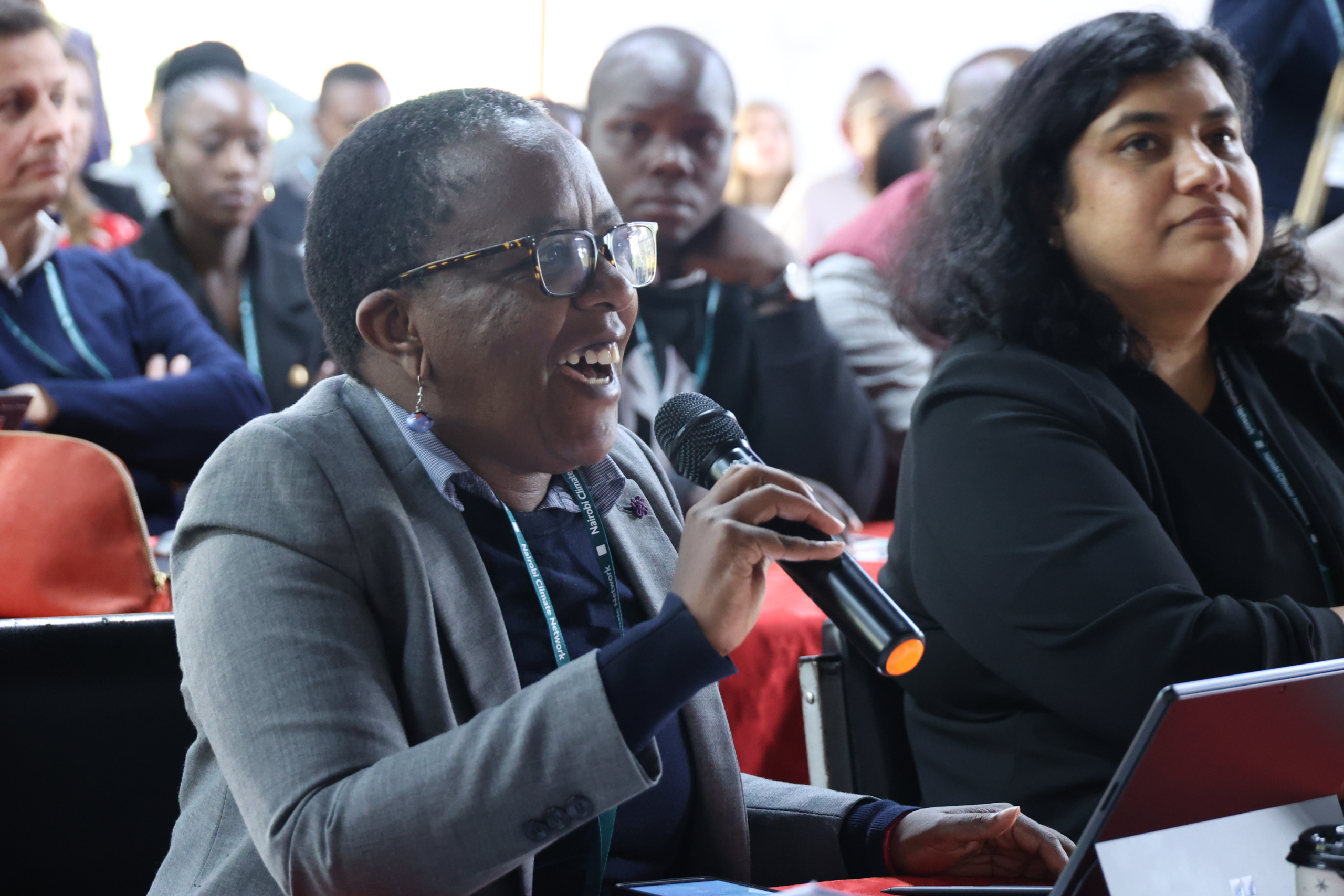
Regulations and Navigating Operationalisation of Projects in Kenya:
Dr. Anne Omambia from NEMA, in conversation with Christina Nduba from Bowmans Law, highlighted key areas in the newly released carbon regulations. These included the Government of Kenya’s appointment of NEMA as the DNA (Designated National Authority) for all market types under the Paris Agreement, the National Greenhouse Gases Inventory development, and its role in determining the carbon budget and supporting national reporting instruments.
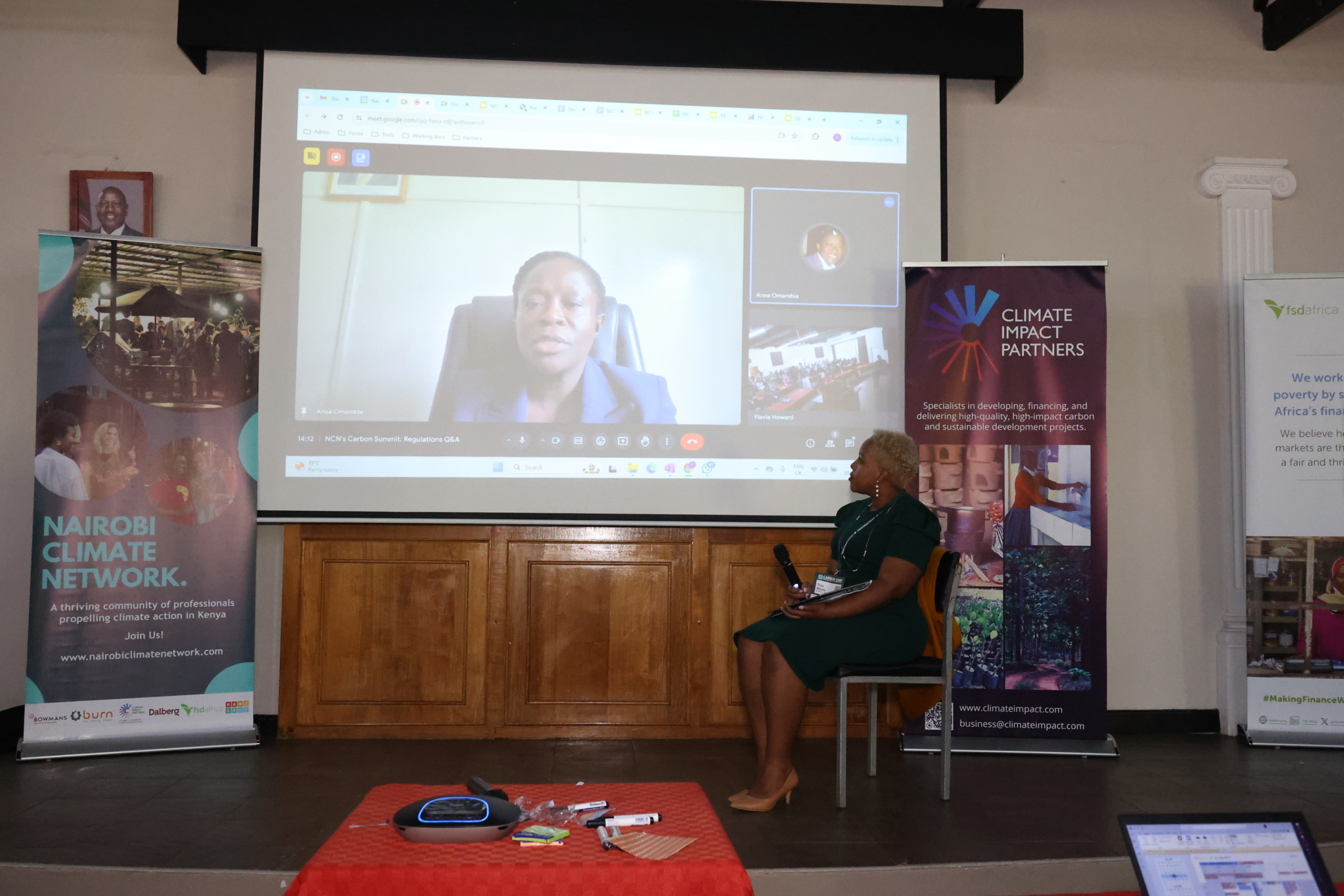
🔹 Regulatory Framework: The final regulations have been officially gazetted and represent the culmination of extensive stakeholder engagement. These regulations now serve as the legal framework for guiding carbon markets in Kenya and are effective immediately. Read the final gazetted regulations here.
🔹 Paris Agreement and NEMA’s Role: NEMA has been officially appointed as the DNA to provide guidance on carbon market mechanisms in Kenya and issue letters of approval to project proponents. According to Dr. Omambia, NEMA will support all sectors of the economy, with a particular focus on the industry and AFOLU (agriculture, forestry, and land use) sectors, which are major emitters and therefore have a greater potential for mitigation.
🔹 National Greenhouse Gases Inventory: The implementation of Articles 6.2 and 6.4 of the Paris Agreement is underway. This process begins with the development of a National Greenhouse Gases Inventory, which will inform the carbon budget and allocations for Nationally Determined Contributions (NDCs). The inventory is anticipated to be completed by the end of September 2024. Kenya is already in discussions with Sweden, Switzerland, Singapore, South Korea, and Japan regarding bilateral agreements.
The inventory will also deliver three key instruments essential for national reporting:
- National Communications to UNFCCC’s COP
- Kenya’s Biannual Report
- Kenya’s Biannual Transparency Report
🔹 Carbon Budget: The carbon budget, informed by the National Greenhouse Gases Inventory, will guide what is allocated to Nationally Determined Contributions (NDCs), carbon markets, and voluntary carbon offsets. The carbon budget will be used to create a white list of carbon projects undertaken by the government.
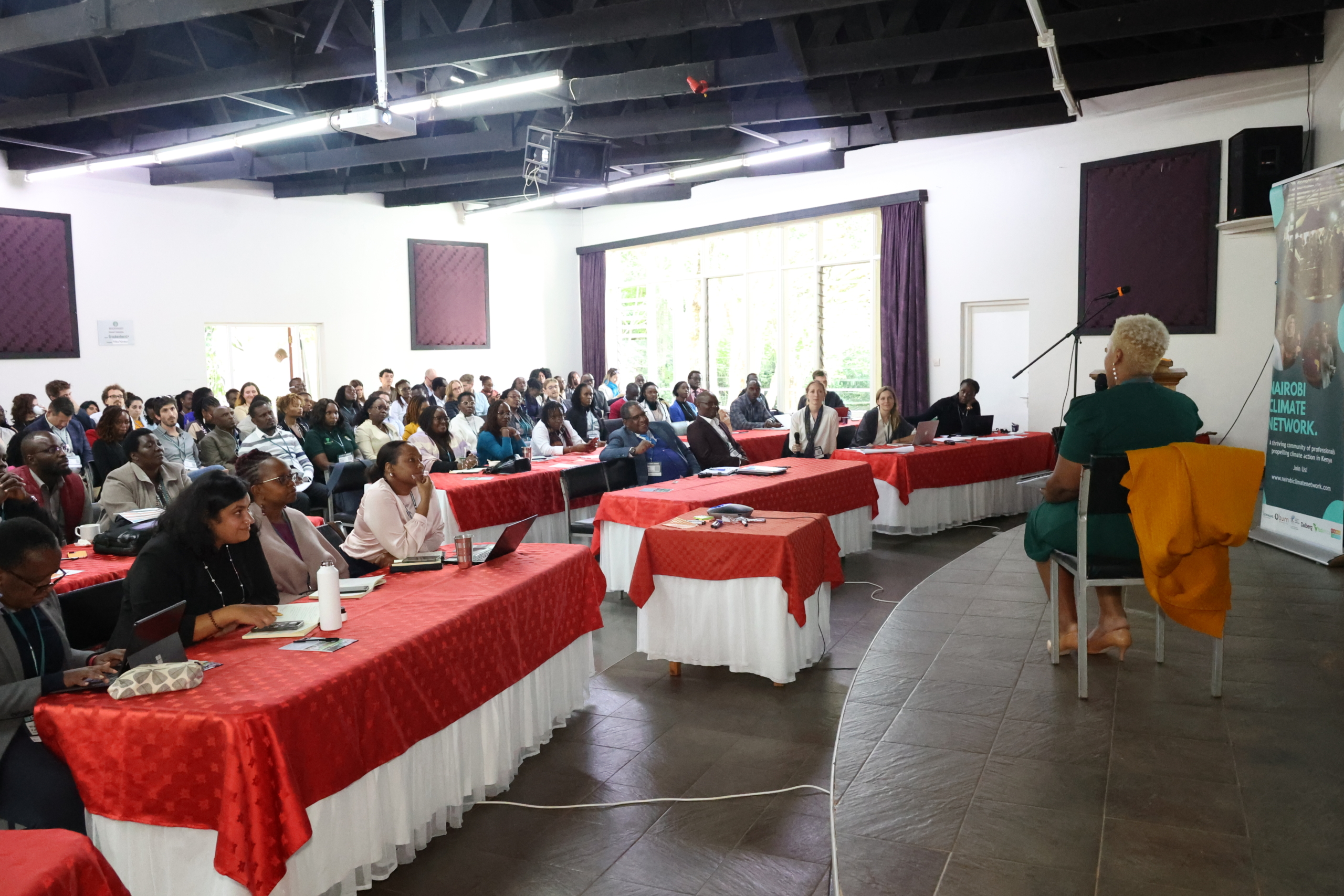
“I see growth within the carbon markets space and project proponents venturing into new technologies. For existing technologies, I anticipate they will become more efficient, leading to significant emission reductions. Carbon markets were developed to support emission reductions, NDCs, sustainable development, technology transfer, adaptation, resilience, raising ambition, and mitigation. All these goals will be achieved in part through the carbon markets. Kenya has the potential to contribute significantly to emission reduction through the agriculture, forestry, and land use sectors, which are major polluters and therefore have a greater potential for mitigation” Dr. Anne Omambia.
Breakouts
The Summit hosted two separate sets of breakout groups for a deep dive into enablers, policy asks, and collective actions that can help support and accelerate growth for carbon players. Each group dived into a particular theme or sub-sector to ensure the proposed actions were relevant for the different industry players. These suggestions were then fed into the roadmap for CAMAK to ensure outcomes from the day have tangible next steps
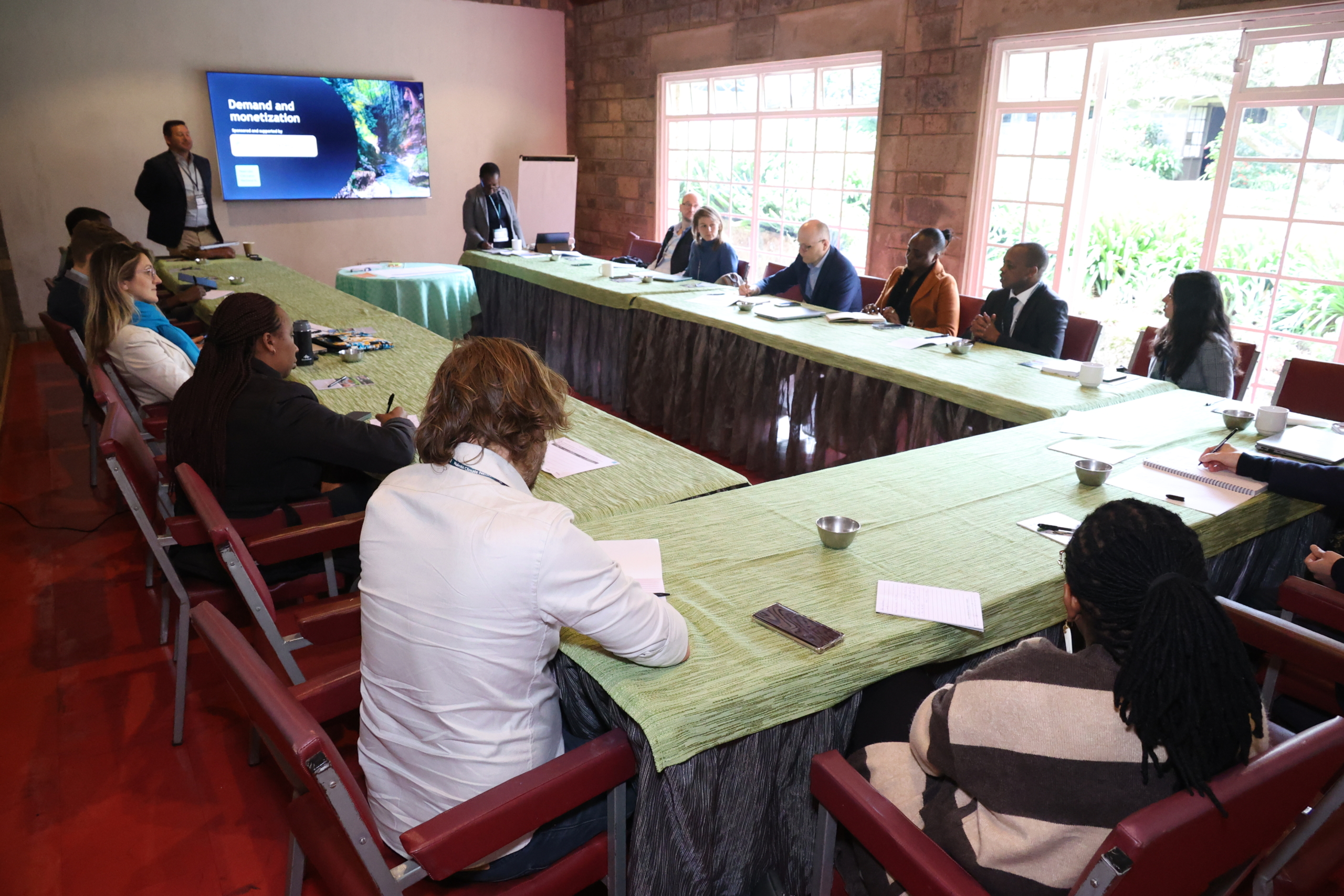
Regional Engagements:
Speaking to the potential influence that Kenya’s carbon markets can have on regional developments, Paul Muthaura, CEO of Africa Carbon Markets Initiatives shared experiences of carbon markets in other countries in Africa.
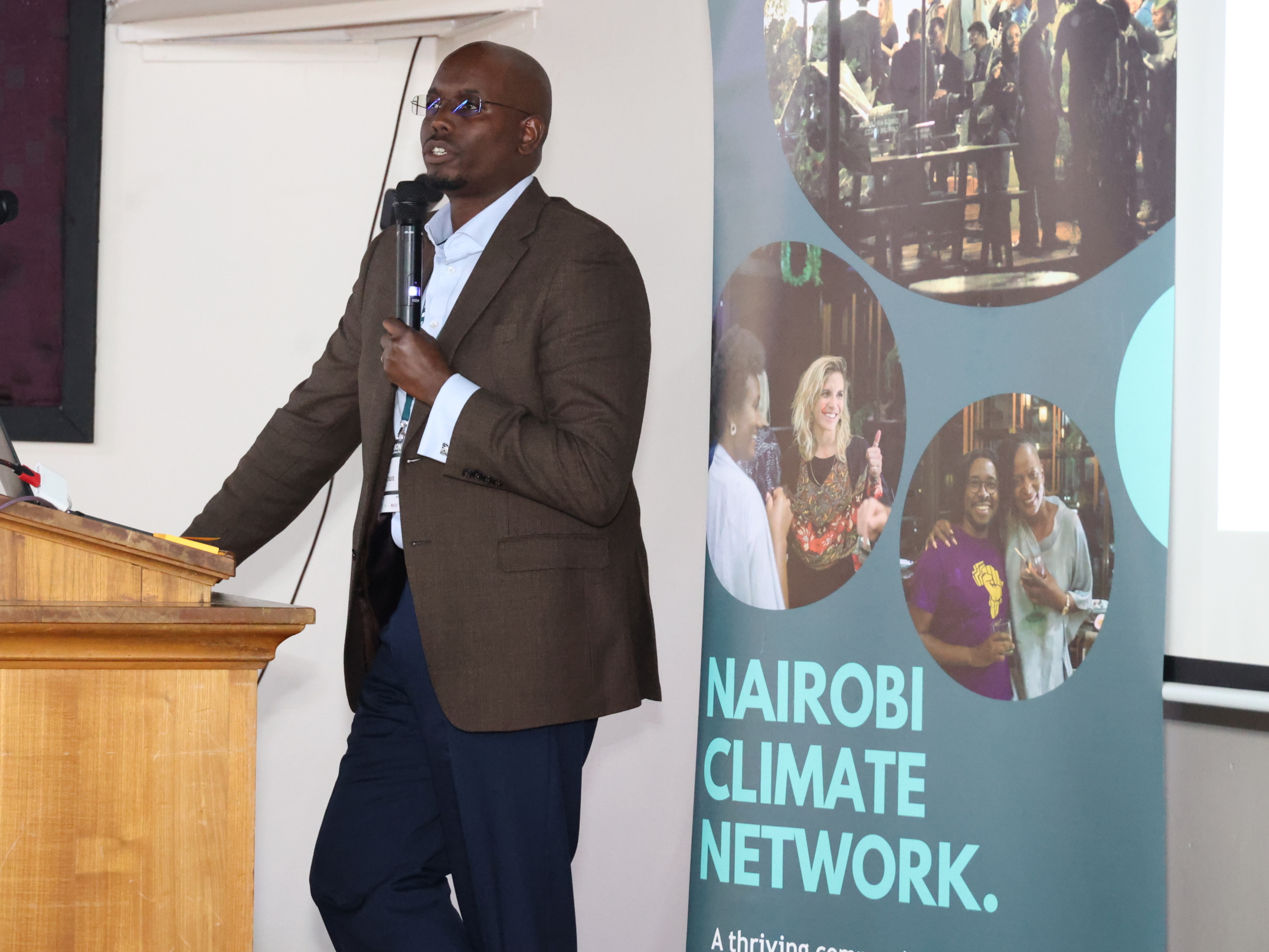
🔹 Regional Growth Potential: The past year has highlighted significant long-term regional growth potential for carbon markets in Kenya and beyond. There is a renewed emphasis on integrity and data completeness & accessibility in carbon market activities.
🔹 Article 6: There is an Increased potential for trading carbon credits under Article 6 of the Paris Agreement. 19 agreements were signed in the past year, representing a 42% increase in the total number of agreements.
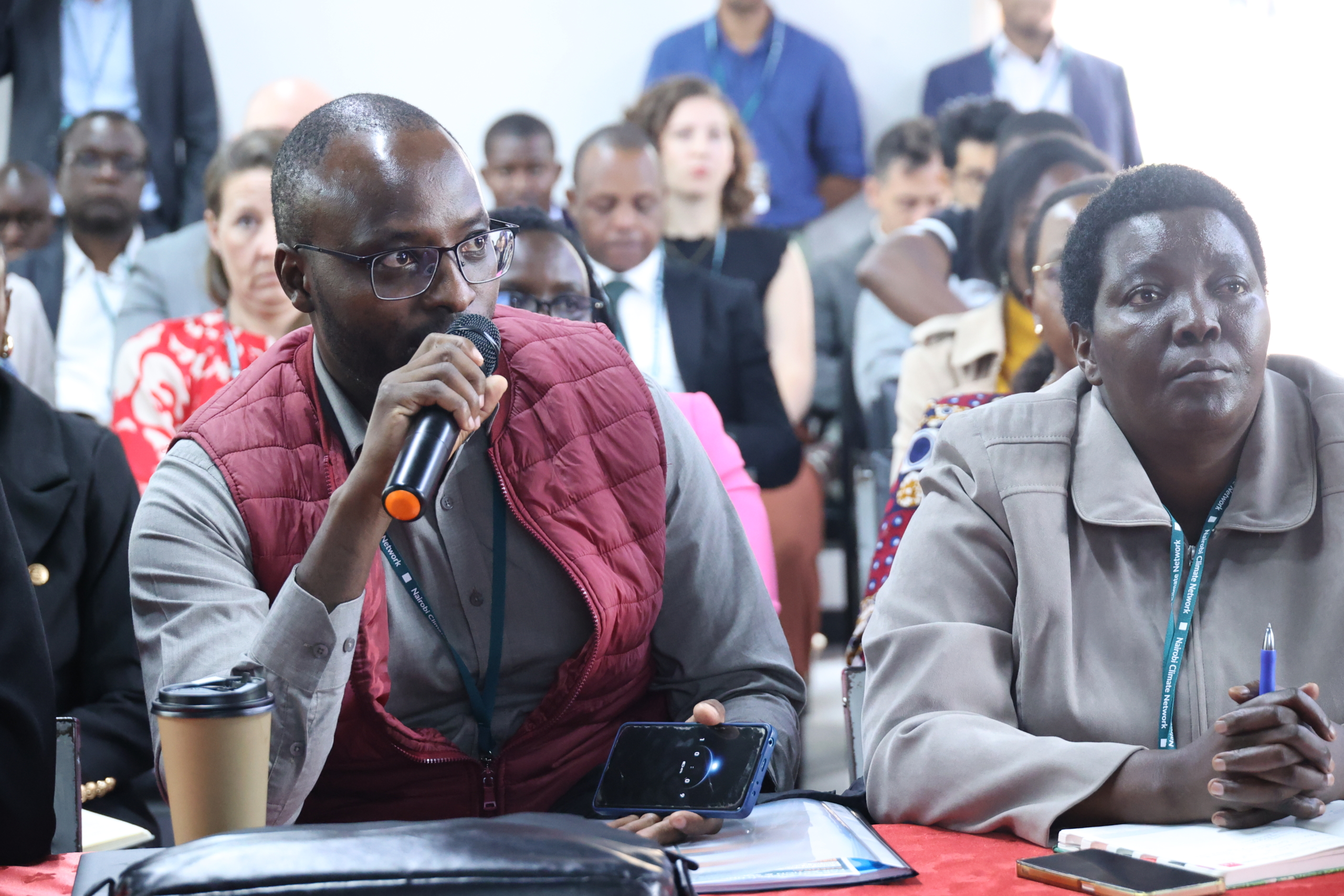
🔹 Formation of Developer Groups: Across Africa, formal and informal project developer groups have emerged to support and inform government actions. CAMAK (Carbon Markets Association of Kenya) was formed following informal feedback during Kenya’s regulatory development process and will now play a crucial role in advocating for policy and sharing industry learnings.
🔹 Support and Capacity Building: ACMI is supporting Ghana, Nigeria, Rwanda, and Mozambique with their CMAPs to activate and enhance their carbon markets. There are a few project developers operating at scale in Africa, and even fewer developers that are African-owned. ACMI is intervening to coordinate the delivery of a pan-African training programme with a 5-year plan for scale; alongside building and hosting a Carbon Hub of relevant information. ACMI is also working on a programme to build local auditor capacity, which is an essential component of the carbon market ecosystem.
The Power of Association:
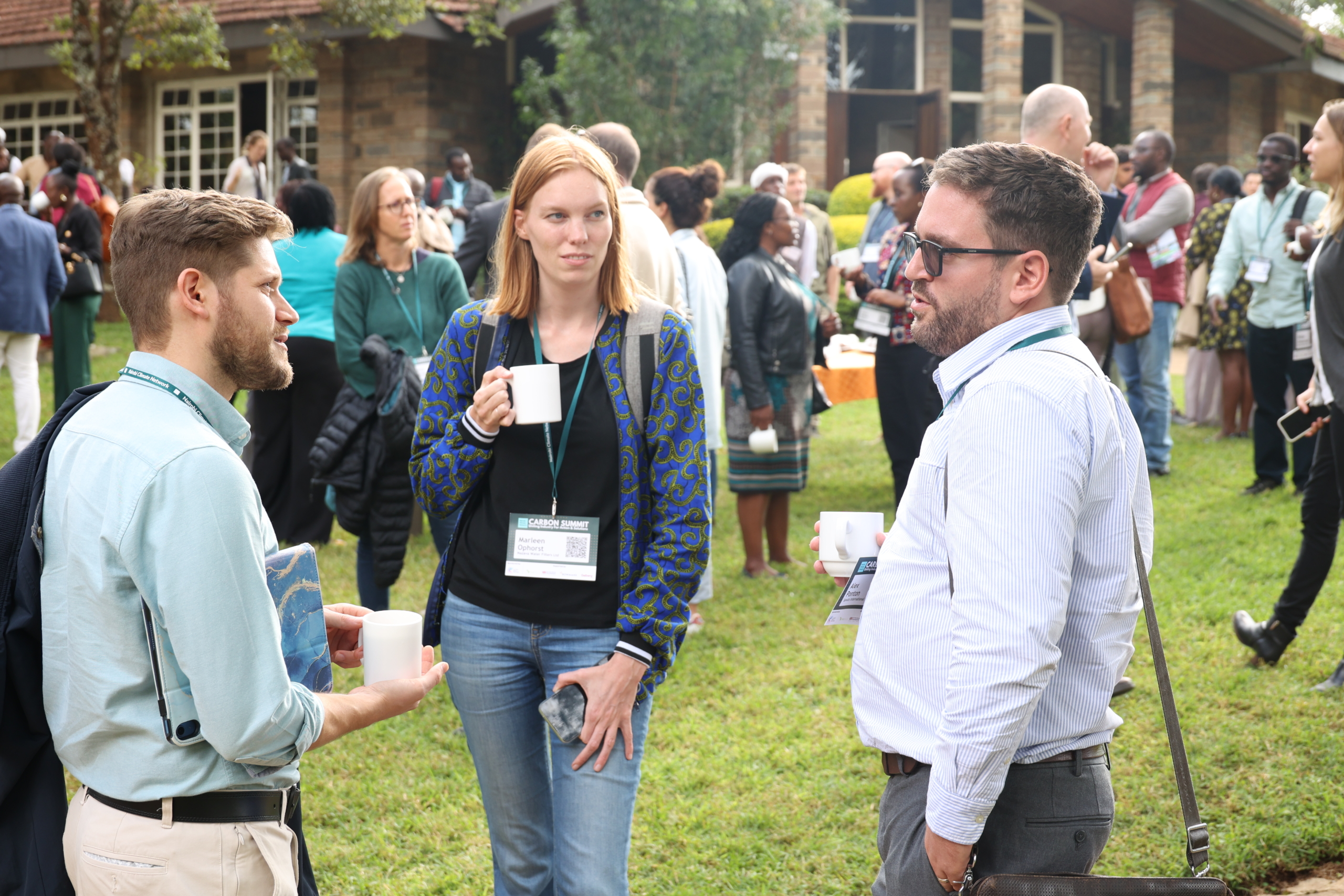
All sessions emphasised the power of a united voice in taking collective industry action. Sarah Malm, executive director of GOGLA spoke to the learnings over 10 years and shared reflections on what they’ve been able to achieve as an association.
🔹 Shared Strategic Vision: Uniting members with a clear and common vision to help advocate for sustainable practices, policies, and finance in the industry.
🔹 Advocacy Framework: Building an advocacy framework that their members plan against and measure their impact allowing for the dissemination of key messages.
🔹 Industry Standards: Set and promote industry standards building trust in the carbon market in Kenya and beyond.
🔹 Building a financial vision for the industry: Build the financial roadmap for the industry outlining funding sources and investment opportunities essential for the industry’s growth
🔹 Industry Risk Mitigation and Response: Help mitigate real risks, perceived risks, and replication risks that may create investor hesitancy and have adverse effects on the industry.
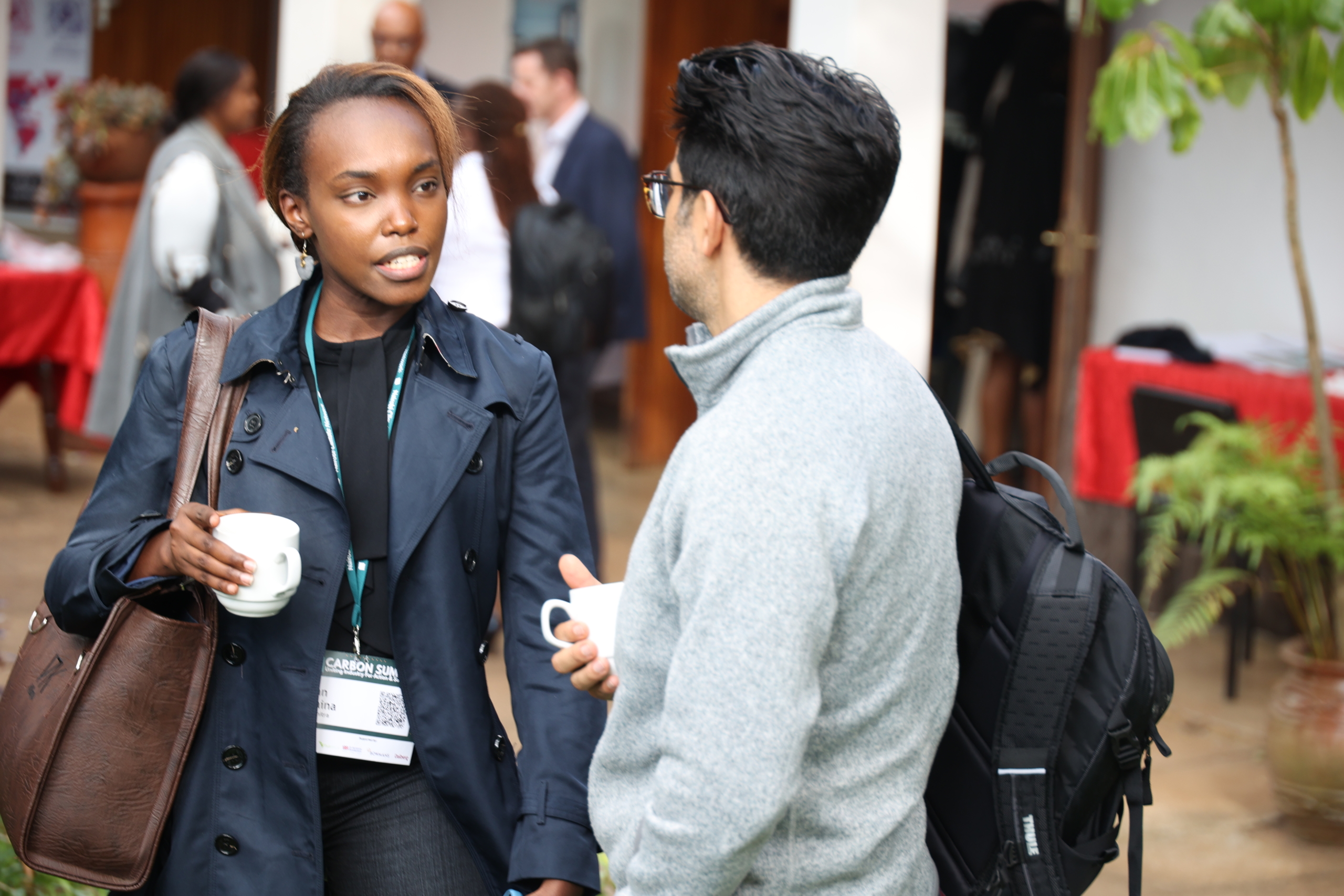
Networking and Visit to the Centre for Ecosystem Restoration:
Summit attendees had the chance to visit the Centre for Ecosystem Restoration Highland Hub located at the Brackenhurst Botanic Garden & Forest. The centre is the only accredited botanic garden in Kenya. It focuses on biodiversity restoration, water catchment and soil protection, carbon sequestration, and microclimate stabilisation, and is a hub of plants used for medicinal purposes.
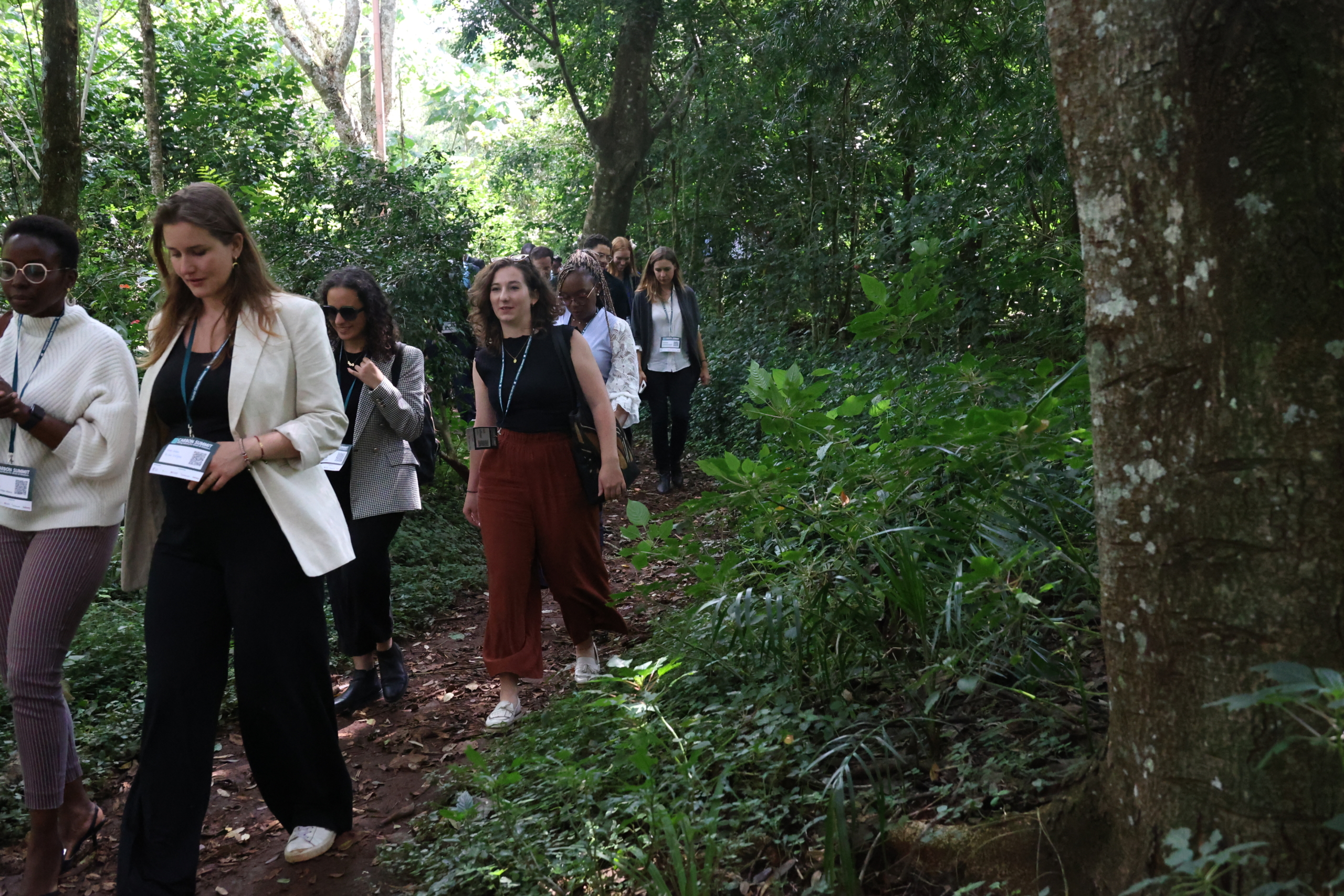
NCN extends gratitude to all members and partners for their support and participation at the summit. Special thanks to our event sponsors Climate Impact Partners, supported by FSD Africa, Bowmans Law, and Dalberg.
The outcomes from the day are being fed into CAMAK to ensure tangible actions result from the summit. CAMAK held its inaugural AGM on the 24th of June, where members voted on whether to take forward ideas and activities that emerged from the Summit. The outcomes from CAMAK’s inaugural AGM will be shared shortly in a separate post.
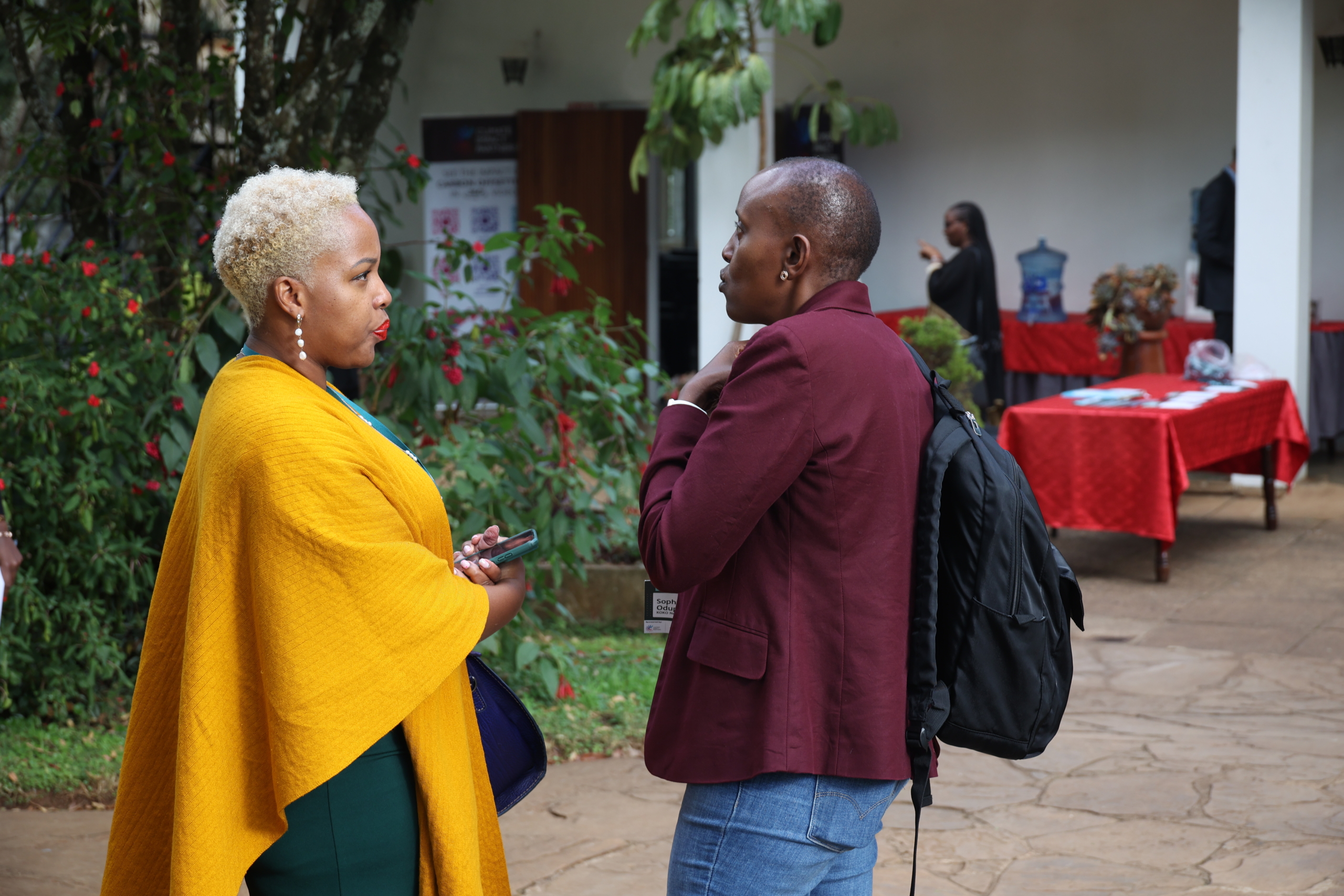
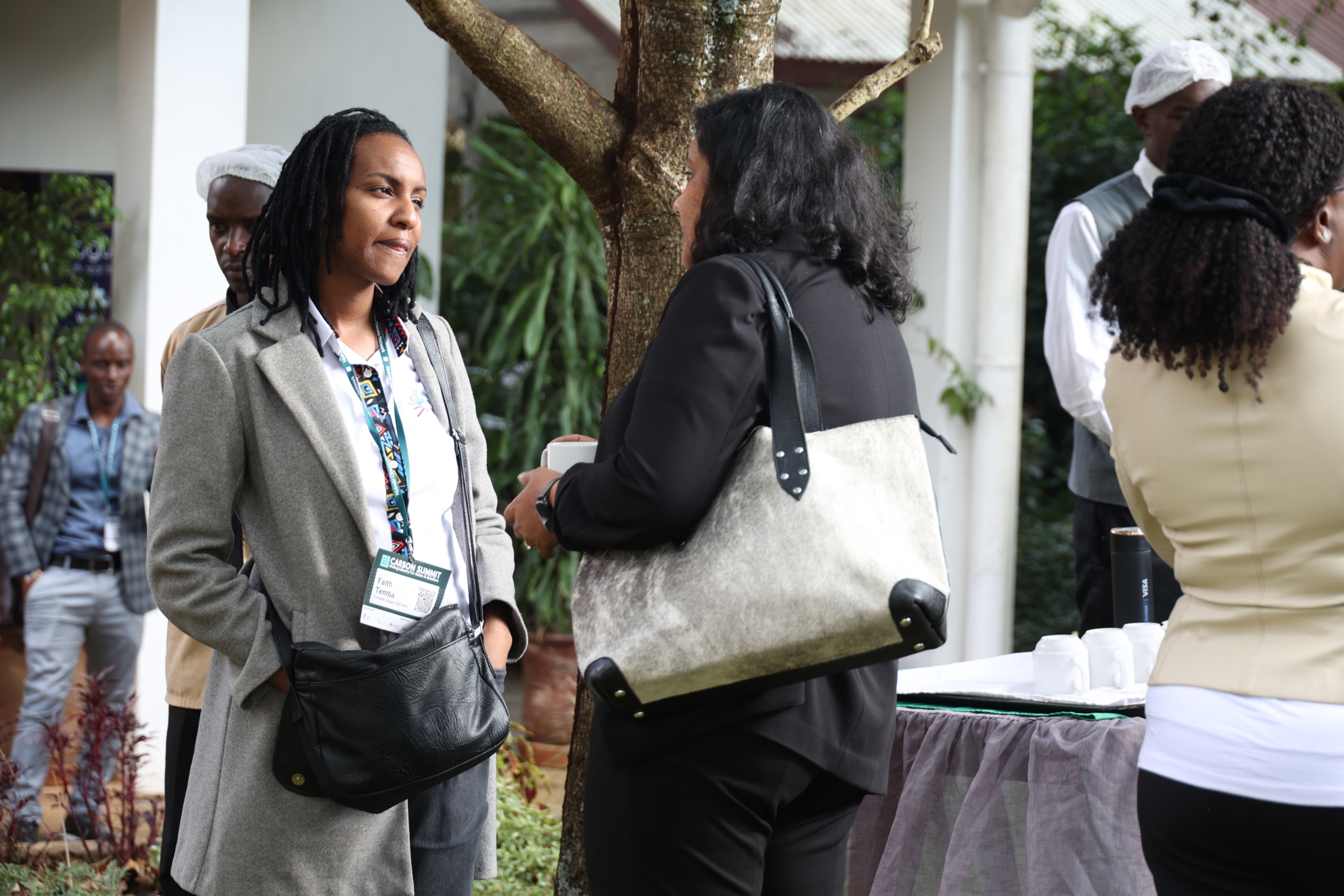
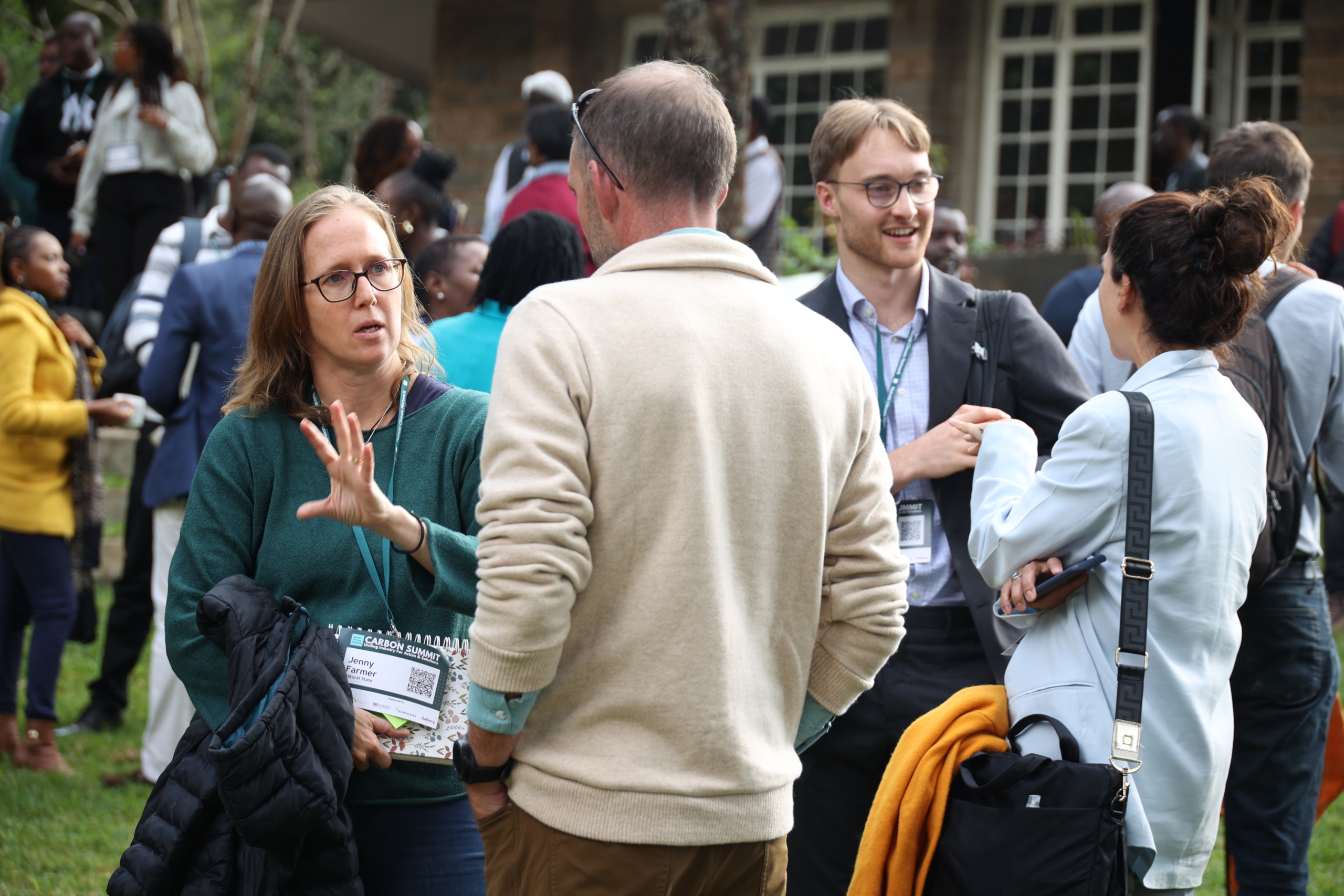
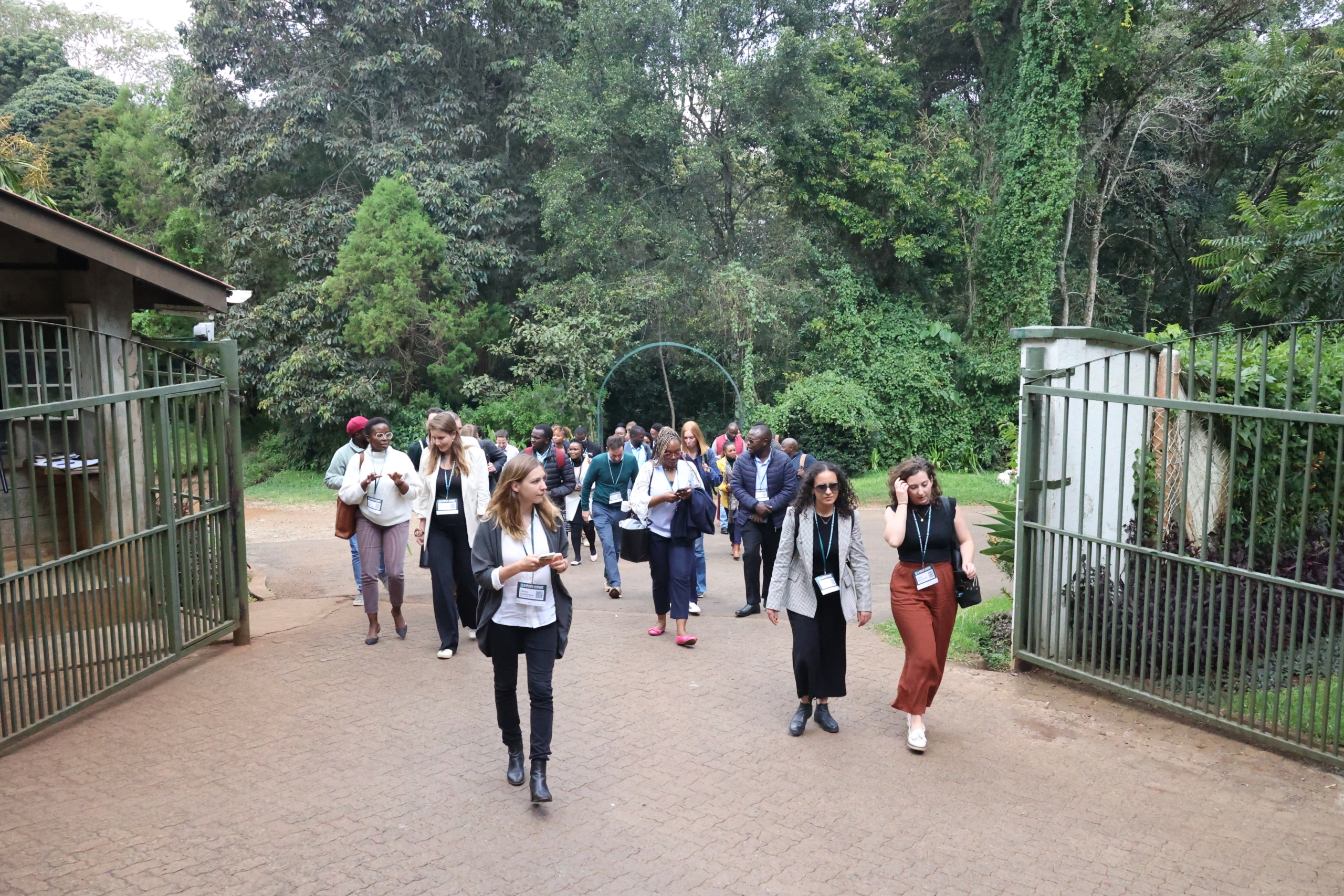
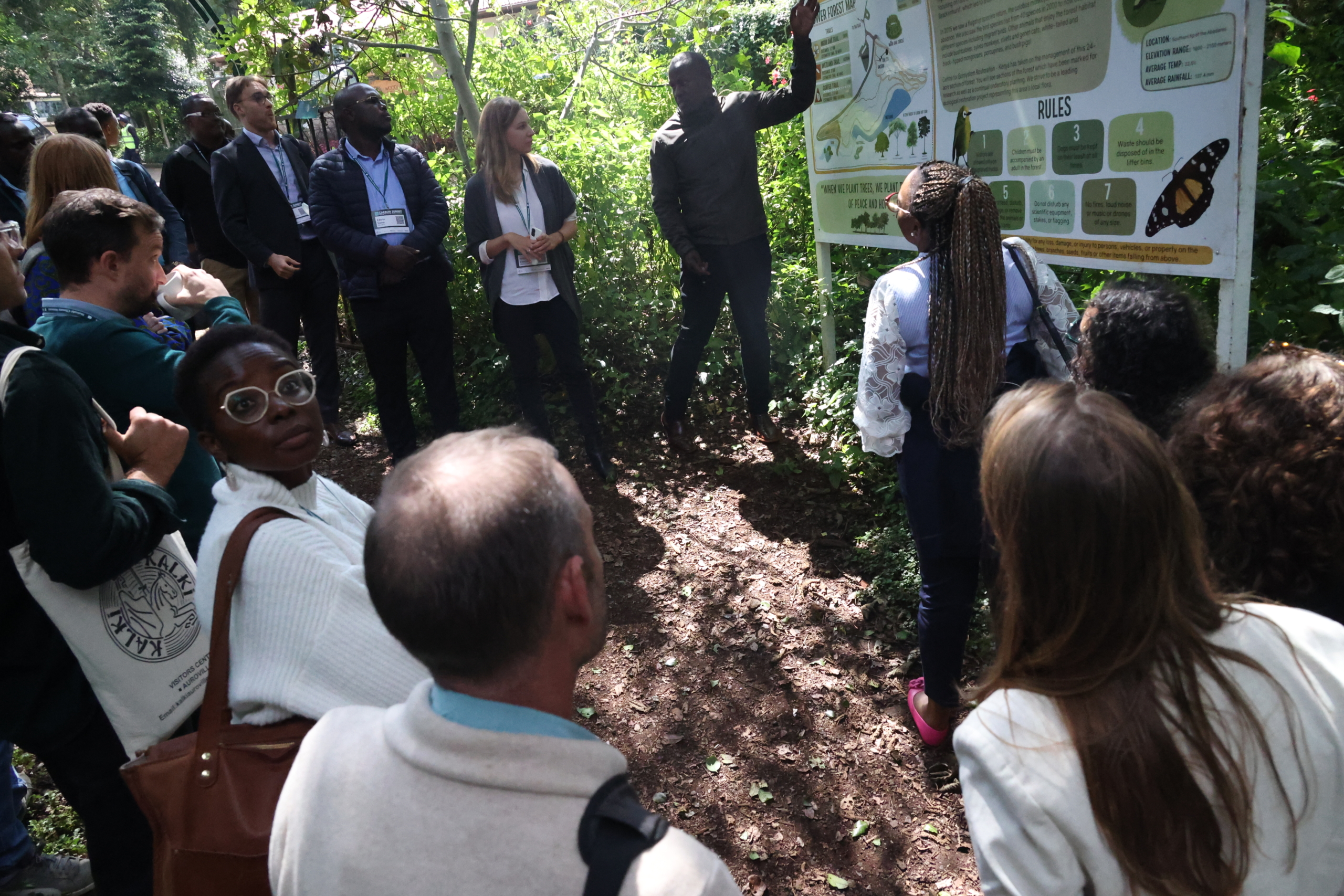


Join our network
Our network grants you access to a growing pool of invidual and institutional events, resources, opportunities, and in-person connections.
